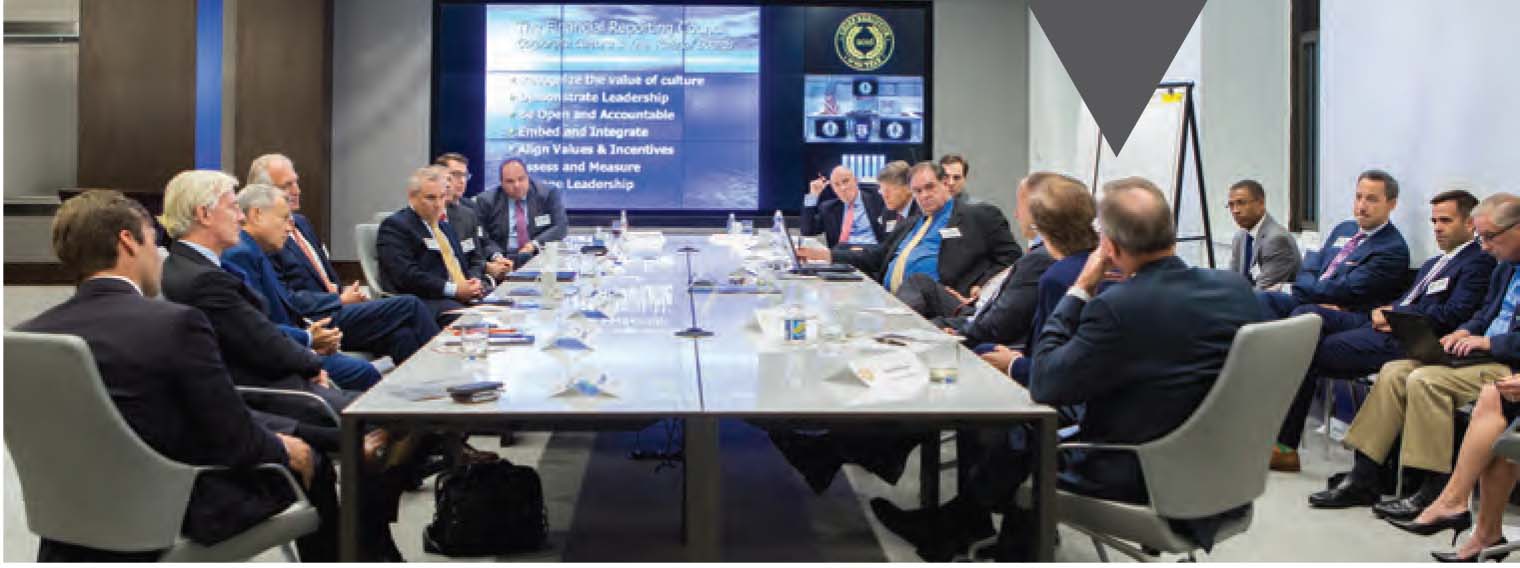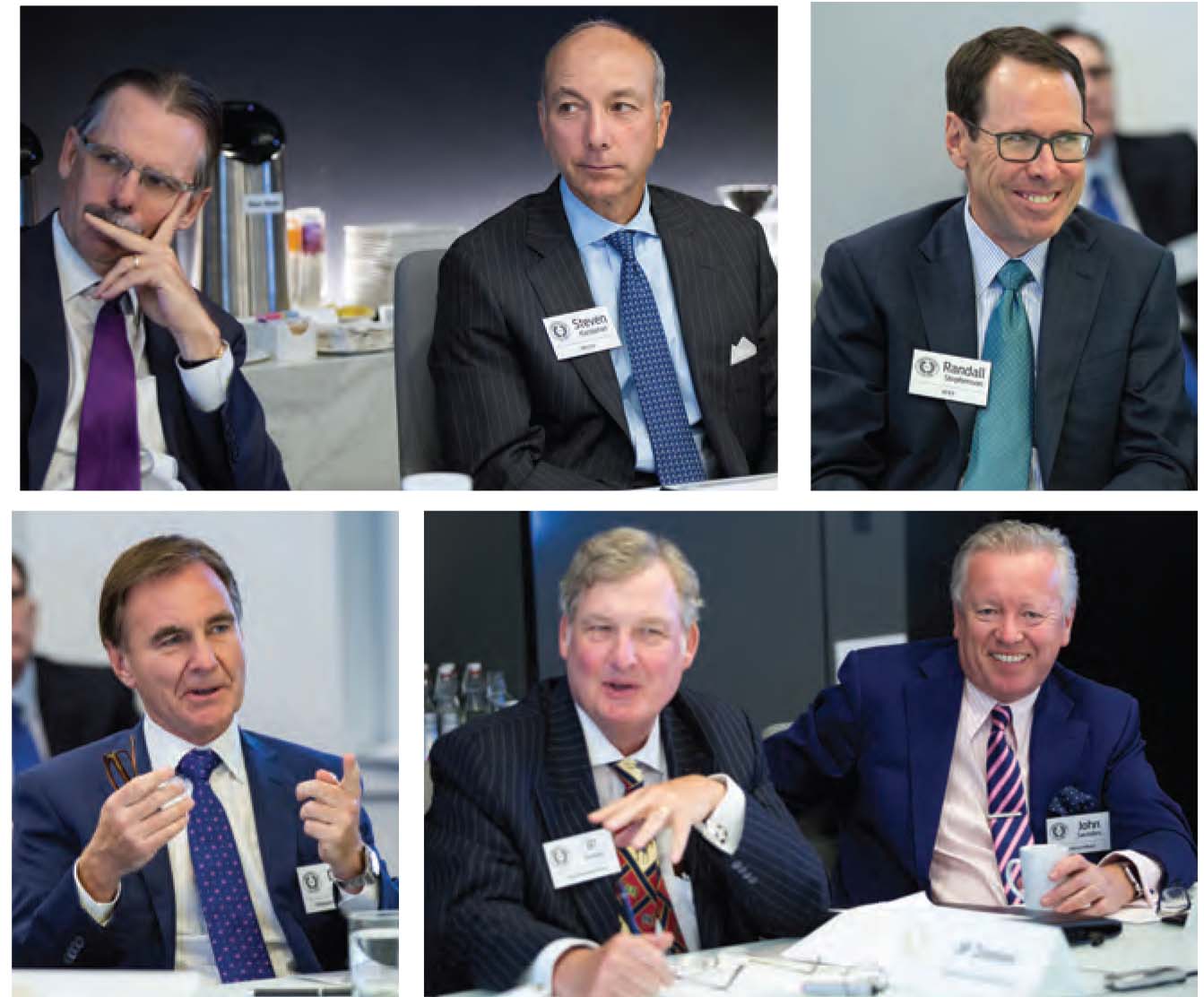 As technological advances continue to transform both companies and the way they do business, CEOs face an endemic problem: a widening gap between the skills their companies need and those their current workforces have to offer. Across industries and geographies, companies big and small desperately need workers with technical proficiency. Meanwhile, employees tethered to legacy technologies are threatened with the prospect of their current jobs becoming obsolete.
As technological advances continue to transform both companies and the way they do business, CEOs face an endemic problem: a widening gap between the skills their companies need and those their current workforces have to offer. Across industries and geographies, companies big and small desperately need workers with technical proficiency. Meanwhile, employees tethered to legacy technologies are threatened with the prospect of their current jobs becoming obsolete.
At the same time, too few of those just entering the workforce have the skill sets to fill the jobs of tomorrow, largely due to a disconnect between the skills being taught in educational institutions and those that employers embracing the digital era need, agreed CEOs gathered for a recent Chief Executive magazine roundtable co-sponsored by Indiana Economic Development Corp. (IEDC).
“The community colleges training people aren’t necessarily imparting the skills that industry needs,” noted Nick Pinchuk, CEO of Snap-on. “And when you talk about that, you get pushback, with technical colleges saying, ‘How dare this CEO tell us what we should teach.’”
That pushback will be hard to overcome without the direct involvement of the business sector, noted Mark Weinberger, global chairman and CEO of EY. “We can’t tell other people what to do. We need to do it ourselves, and that means working with the existing educational institutions to drive change, even though it’s hard.”
POCKETS OF PROGRESS
When the public and private sector work together on shaping curriculum, everyone wins. In Indiana, for example, programs jointly developed by the business community and educational institutions are enabling students in some regions to graduate from high school already certified for tech-oriented jobs at places like Subaru, GE or Honda.
“Part of the reason GE chose to build its new jet engine facility in Indiana was because of what we’re doing with technical education at places like Purdue University, where the engineering dean tweaked the engineering program to specifically address what they will need in that facility,” explained Victor Smith, secretary of commerce at IEDC. “We more or less guaranteed a pipeline of talent in perpetuity.”
 But educational institutions, particularly four-year colleges and universities, aren’t always receptive to business-sector input, noted several CEOs. “The future of higher education is dismal,” asserted Jay Walker, chairman of Walker Digital. “They’re completely living in yesterday. The professors, not the administrators, run the enterprise, and they grew up with a system that gives them tenure for life. The inmates run the asylum.” Even getting technical colleges to play ball can take perseverance. Recounting his experience working with Georgia Tech on a massive employee-re-skilling initiative, AT&T CEO Randall Stephenson described the path he traveled as “long and laborious.”
But educational institutions, particularly four-year colleges and universities, aren’t always receptive to business-sector input, noted several CEOs. “The future of higher education is dismal,” asserted Jay Walker, chairman of Walker Digital. “They’re completely living in yesterday. The professors, not the administrators, run the enterprise, and they grew up with a system that gives them tenure for life. The inmates run the asylum.” Even getting technical colleges to play ball can take perseverance. Recounting his experience working with Georgia Tech on a massive employee-re-skilling initiative, AT&T CEO Randall Stephenson described the path he traveled as “long and laborious.”
The journey began three years ago, when the telecom giant recognized that machine learning and other technology advances would drop the number of people needed to run its network from 150,000 to 90,000 by 2020, and the 90,000 jobs left would be very different. “Every form of work is fundamentally changing,” said Stephenson, recounting his decision to embark on a massive initiative to train his workforce in data science, cloud computing and wireless technologies. “This was the biggest logistical issue we dealt with in many, many years.”
To tackle it, AT&T partnered with Georgia Tech and the online-education company Udacity to develop a fully accredited master’s degree in computer science program that students—many of them who were AT&T employees—can do from home addition to making the program accessible, the company had to convince employees to participate. “We put a lot of money and time into a human resources system that tells our people, ‘There’s a job opening here—and if you click on it, you’ll see the specific training you need for that job.’”

Chief Executive Group exists to improve the performance of U.S. CEOs, senior executives and public-company directors, helping you grow your companies, build your communities and strengthen society. Learn more at chiefexecutivegroup.com.
0

1:00 - 5:00 pm
Over 70% of Executives Surveyed Agree: Many Strategic Planning Efforts Lack Systematic Approach Tips for Enhancing Your Strategic Planning Process
Executives expressed frustration with their current strategic planning process. Issues include:
Steve Rutan and Denise Harrison have put together an afternoon workshop that will provide the tools you need to address these concerns. They have worked with hundreds of executives to develop a systematic approach that will enable your team to make better decisions during strategic planning. Steve and Denise will walk you through exercises for prioritizing your lists and steps that will reset and reinvigorate your process. This will be a hands-on workshop that will enable you to think about your business as you use the tools that are being presented. If you are ready for a Strategic Planning tune-up, select this workshop in your registration form. The additional fee of $695 will be added to your total.

2:00 - 5:00 pm
Female leaders face the same issues all leaders do, but they often face additional challenges too. In this peer session, we will facilitate a discussion of best practices and how to overcome common barriers to help women leaders be more effective within and outside their organizations.
Limited space available.

10:30 - 5:00 pm
General’s Retreat at Hermitage Golf Course
Sponsored by UBS
General’s Retreat, built in 1986 with architect Gary Roger Baird, has been voted the “Best Golf Course in Nashville” and is a “must play” when visiting the Nashville, Tennessee area. With the beautiful setting along the Cumberland River, golfers of all capabilities will thoroughly enjoy the golf, scenery and hospitality.
The golf outing fee includes transportation to and from the hotel, greens/cart fees, use of practice facilities, and boxed lunch. The bus will leave the hotel at 10:30 am for a noon shotgun start and return to the hotel after the cocktail reception following the completion of the round.